9 mind-blowing archaeological discoveries that transformed history in 2015
Signs of a new tomb hidden deep inside the Great Pyramid of Giza.

The house where Jesus may have grown up.
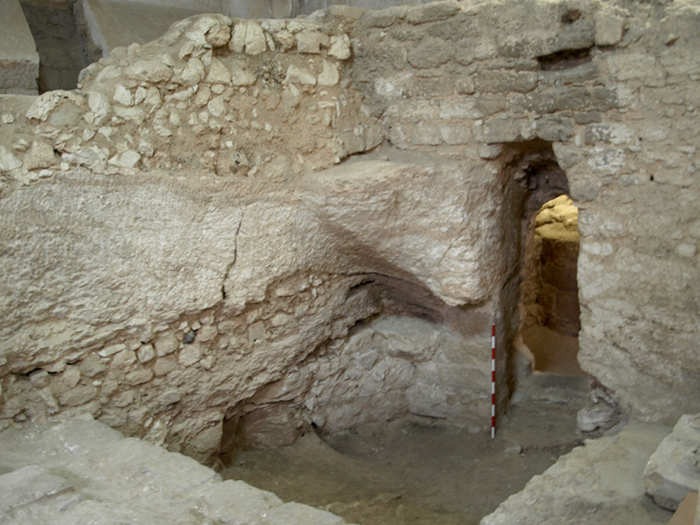
Archaeologists working in Nazareth in modern-day Israel uncovered a house dating to the first century that they believe may have belonged to Mary and Joseph, who allegedly raised Jesus.
The structure was first discovered in the 1880s, but wasn't dated or identified as Jesus' potential home until 2006, and a feature story in the Biblical Archaeology Review in March 2015 brought the most recent work on the site to light.
A massive underground ritual arena where the predecessors of Stonehenge likely feasted.
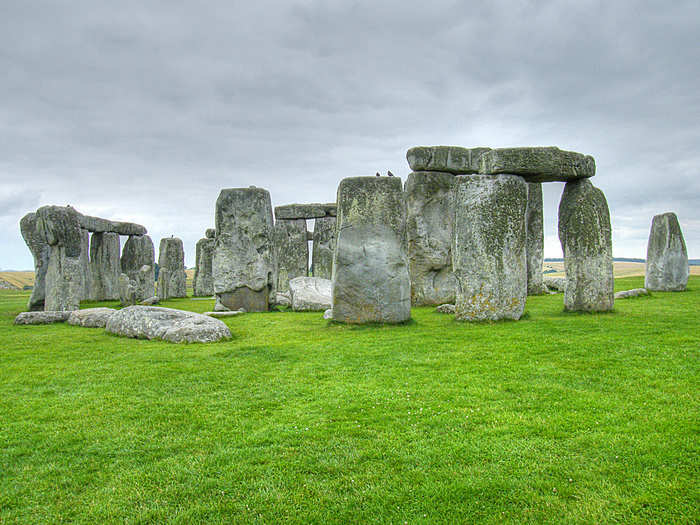
During a cursory underground radar scan of the infamous Stonehenge site, researchers suddenly noticed the signs of huge, rigid, underground features.
Looking more closely, the researchers found that the features — which they now suspect to be the perimeter of a 4,500-year old ritual arena — formed a rough C-shape. The site is 2 miles northeast of Stonehenge, buried beneath the already-famous site Durrington Walls.
...and a glimpse of their lives before they settled at Stonehenge.
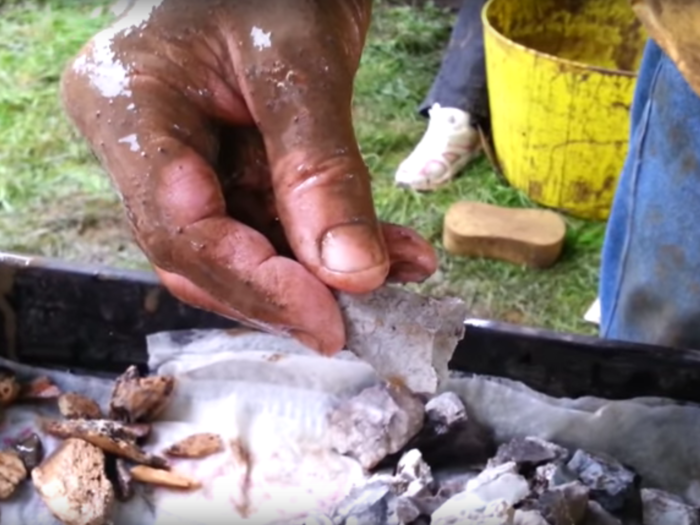
North of Durrington Walls and east of Stonehenge, archaeologists found the remains of a home built from trees: a hearth with pieces of heat-cracked flint, chunks of bone, flint flakes used for cutting tools and making arrowheads, and ocher pods that could've been used as dye.
They think the area could provide critical clues about where the builders of Stonehenge came from. About 1,000 years before these people came to be settled farmers, they may have lived here, in what the researchers have named Blick Mead. The date would've been roughly 4300 BC.
Evidence of the earliest humans to set foot in North America.
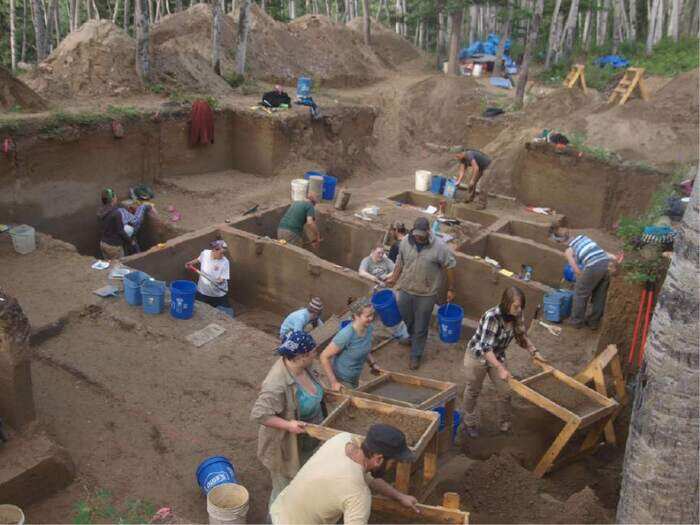
In October, scientists took a close look at the DNA of two infants found buried together at the Upward Sun River archaeological site in Alaska (pictured above) roughly 11,500 years ago. They used mitochondrial DNA, a tiny component of each of our genetic blueprints that's passed down only through one's mother.
The researchers found that the infants' lineages were "distinctly Native American," which supports the idea that they were relatively isolated for enough time to have evolved away from their Asian ancestors. It also supports the idea that humans spent as many as 10,000 years in the area around the Bering Strait known as Beringia before heading south toward the Americas.
10,000-year-old stone tools used by ancient humans in Washington state.
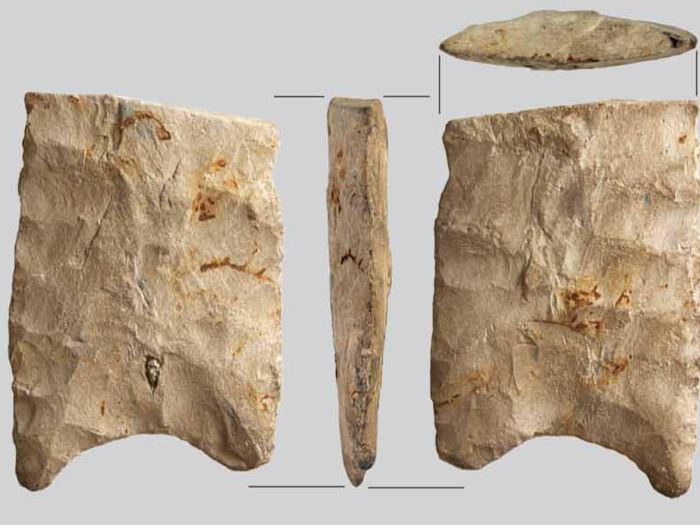
In September, researchers stumbled upon 10,000-year-old stone tools in Redmond, Wash., while working to restore a salmon habitat.
The remains suggest the people who lived here used tools to eat bison, deer, bear, sheep and, to their surprise, salmon (which the researchers cheekily noted brought the restoration project full circle). The site —a rare find, since the lush soil and greenery of the area typically destorys artifacts — is now the oldest in the area to have turned up stone tools.
Massive earthworks visible from space.
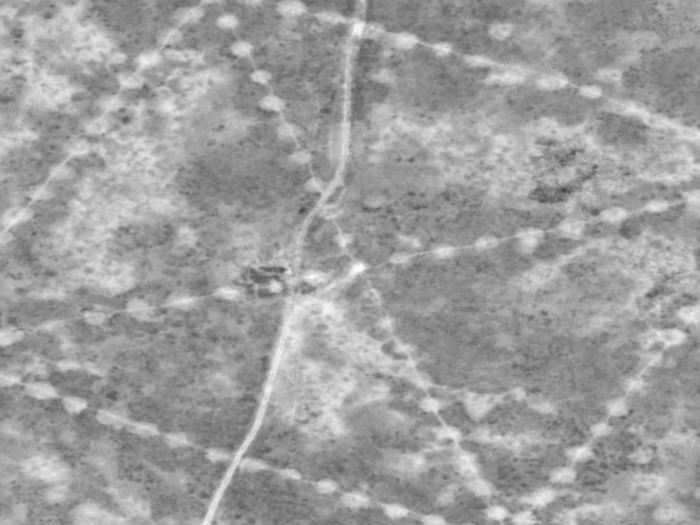
The "Steppe Geoglyphs" are 260 massive mounds, ramparts, and trenches arranged in basic shapes like crosses and circles. Researchers estimate they're roughly 8,000 years old. Most are the size of multiple football fields and are visible only from satellites in northern Kazakhstan.
First spotted in 2007 by Kazakh archaeology enthusiast Dmitriy Dey, the structures were confirmed by NASA this October. Importantly, they suggest that the allegedly nomadic peoples who built them were far more organized than historians originally thought.
Four pioneers of the first permanent English colony in America.
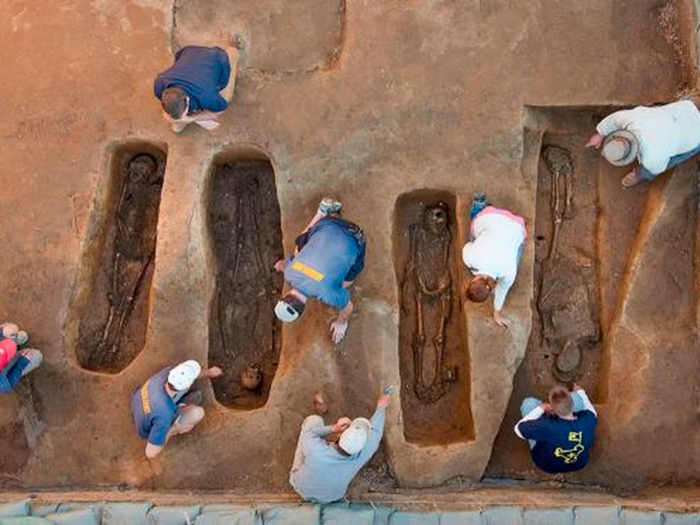
In Jamestown, Virginia, the first permanent English colony in America, archaeologists found the remains of 4 men. The bodies, first discovered in 2013 and identified in 2015, were buried at the front of the New World's first Protestant church. The men were:
- Anglican minister Reverend Robert Hunt, likely the first Anglican minister in the Americas
- Expedition leader Captain Gabriel Archer, a rival of John Smith
- The cousin of Virginia Governor Sir Thomas
- The governor's uncle, Captain William West
The tomb of an ancient Greek warrior.
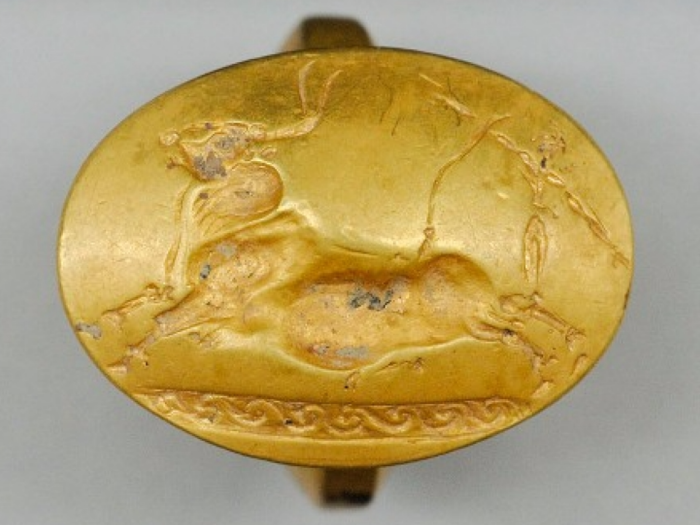
In October in an ancient city on Greece's southwestern coast, archaeologists uncovered the tomb of a wealthy warrior buried around 1500 BC. He lay near the site where Nestor's kingdom of "sandy Pylos", referenced by Homer in the Odyssey, would be built 250 years later.
The warrior, who was buried with 4 gold rings, 50 stone seals, and a bronze sword, "was likely an important figure at a time when this part of Greece was being indelibly shaped by close contact with Crete, Europe's first advanced civilization," University of Cincinnati Senior Research Associate Sharon Stocker said in a press release.
Popular Right Now
Popular Keywords
Advertisement